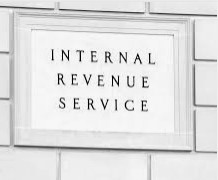A qualifying non-resident employer can be certified and thus will have to withhold tax from the salary or other compensation paid to qualifying non-resident employees in Canada (to be covered in a future FAQ). This eliminates withholding taxes. Which can be a big cash flow savings. The certification will be valid for up to two calendar years.
To be eligible to be a qualifying non-resident employer, the employer must be a resident in a country that has a tax treaty with Canada. Read More



















Recent Comments